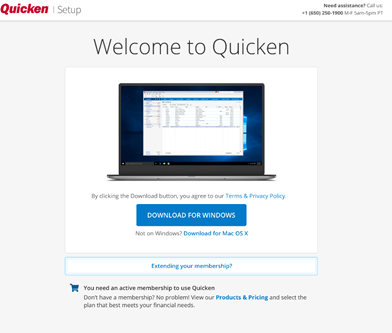

Virtualization apps like Parallels and VMware are a different story, of course, since they could technically offer an emulation layer that would allow the Windows operating system, and its accompanying apps, to operate on an Apple Silicon Mac, but of course there are challenges to this approach, since it would involve translating instruction sets at a very low-level machine code level that’s well beyond what Apple’s own Rosetta 2 is designed to handle.
Windows emulator mac quicken install#
Firstly, there’s no way it’s going to happen natively, since even though Microsoft has an ARM-based version of Windows, it doesn’t actually make it available for end-users to install (at least not yet).įurther, Apple has flat out stated that Boot Camp will not be supported on Apple Silicon Macs - period. Unfortunately, with the transition to Apple Silicon and its ARM-based instruction set, the question of actually running Windows directly on a new M1-based MacBook or Mac mini is suddenly a lot more complicated. It also didn’t take long for virtualization companies to get on board, and both Parallels and VMware soon had their own Mac apps out that would let you run the Windows operating system itself natively under the Mac OS, without the need to carve out a separate partition or dual-boot into the other operating system. In fact, Apple even helped this process along, offering up its own “Boot Camp” utility that would let Mac users partition off a chunk of their hard drive to set up a dual boot configuration where they could alternate between macOS (still known as “OS X” back in those days) and whatever flavour of Windows they felt like running.


 0 kommentar(er)
0 kommentar(er)
